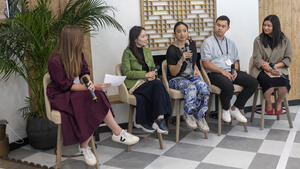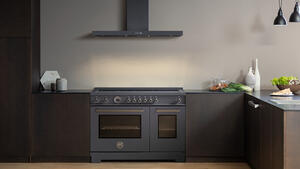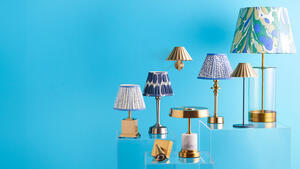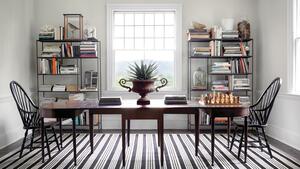
If there’s one thing designers live for, it’s a makeover: a dramatic image overhaul to mark a milestone, change directions or announce the next chapter. This spring, the International Contemporary Furniture Fair (ICFF) checks all three boxes. On the eve of its 35th edition, taking place from May 19 to May 21 at the Javits Center in New York, the organization acclaimed as the global furnishings gateway to the North American market is debuting a fresh face. In interiors, a makeover can mean a simple coat of paint or a 180-degree flip from midcentury minimalism to Hollywood Regency glam. For ICFF, the glow-up begins with a logo.
“The bold letters make a strong statement,” WantedDesign co-founder and now ICFF brand director Claire Pijoulat says of the powerful new wordmark, which was developed with creative agency ForceMajeure as an homage to Manhattan’s imposing, inspiring, instantly recognizable street grid. Conveying authority, efficiency and a curated aesthetic, the logo’s big structured blocks encapsulate themes that will be translated to the show floor itself. “And of course, the font is also appropriately architectural,” adds Pijoulat.
Since 2019, through its highly regarded Look Book, Launch Pad and Schools Showcase forums, Wanted has been ICFF’s primary conduit for identifying and promoting new talent, from precocious students to small makers to foreign companies. After five years as consultants, Pijoulat and her Wanted co-founder and fellow ICFF brand director, Odile Hainaut, have come fully in-house, committed to the mission of repositioning the fair and expanding its imprint. Hainaut sets out the elevated vision for the event: “ICFF is so much more than a three-day product showcase. It’s the preeminent platform for bringing together emerging designers and established brands, creating opportune moments for them to connect—and now, amplifying that community 365 days a year.”
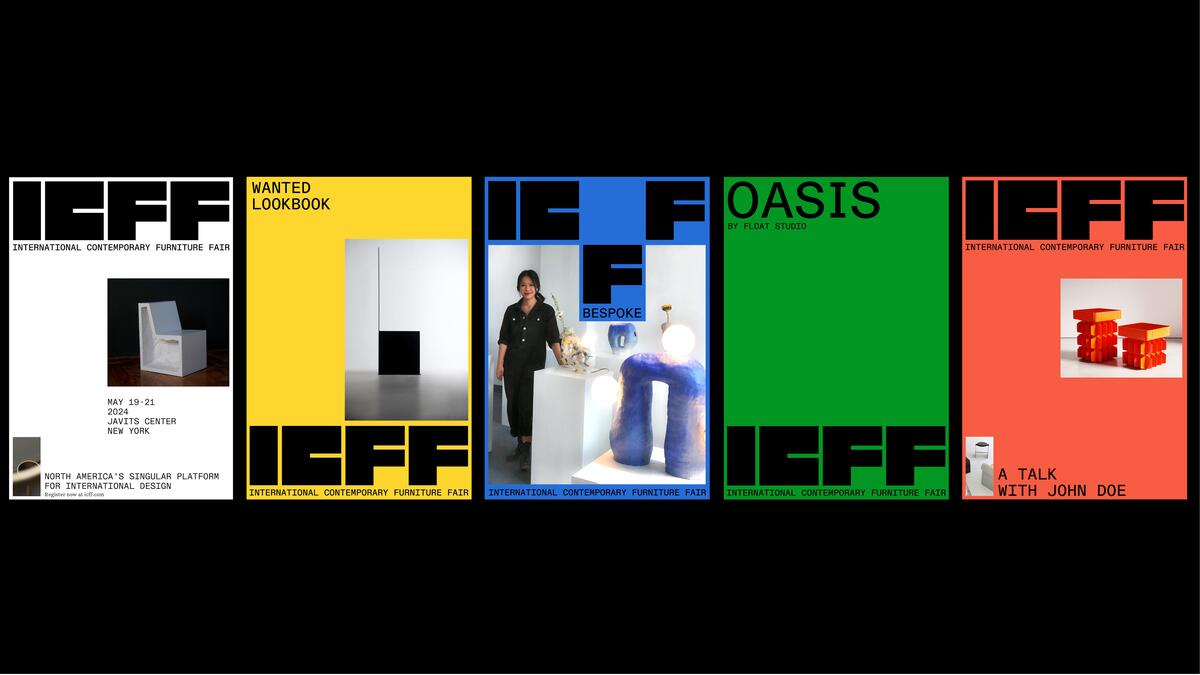
MEANINGFUL MENTORSHIP
Several initiatives supporting those goals make their premiere at the design fair this May. Bespoke, a 3,000-square-foot space, will spotlight companies that craft one-of-a-kind works, celebrating the artistry inherent in hand-made furniture, textiles and finishes. Live from the show floor, the OFS x Room podcast studio will broadcast vital conversations between leading industry voices. With sponsors Ligne Roset, Kasthall, String Furniture and Midgard, publisher Phaidon opens The Library, the location for its launch of Designed for Life: The World’s Best Product Designers—not to mention a cozy new spot to relax, read a book or network. And the Design Schools Workshop, presented with Honda in partnership with Pratt Institute, challenges a ready-made collective of 35 international students to “dream big” while collaborating on a creative brief about holistic mobility innovations.
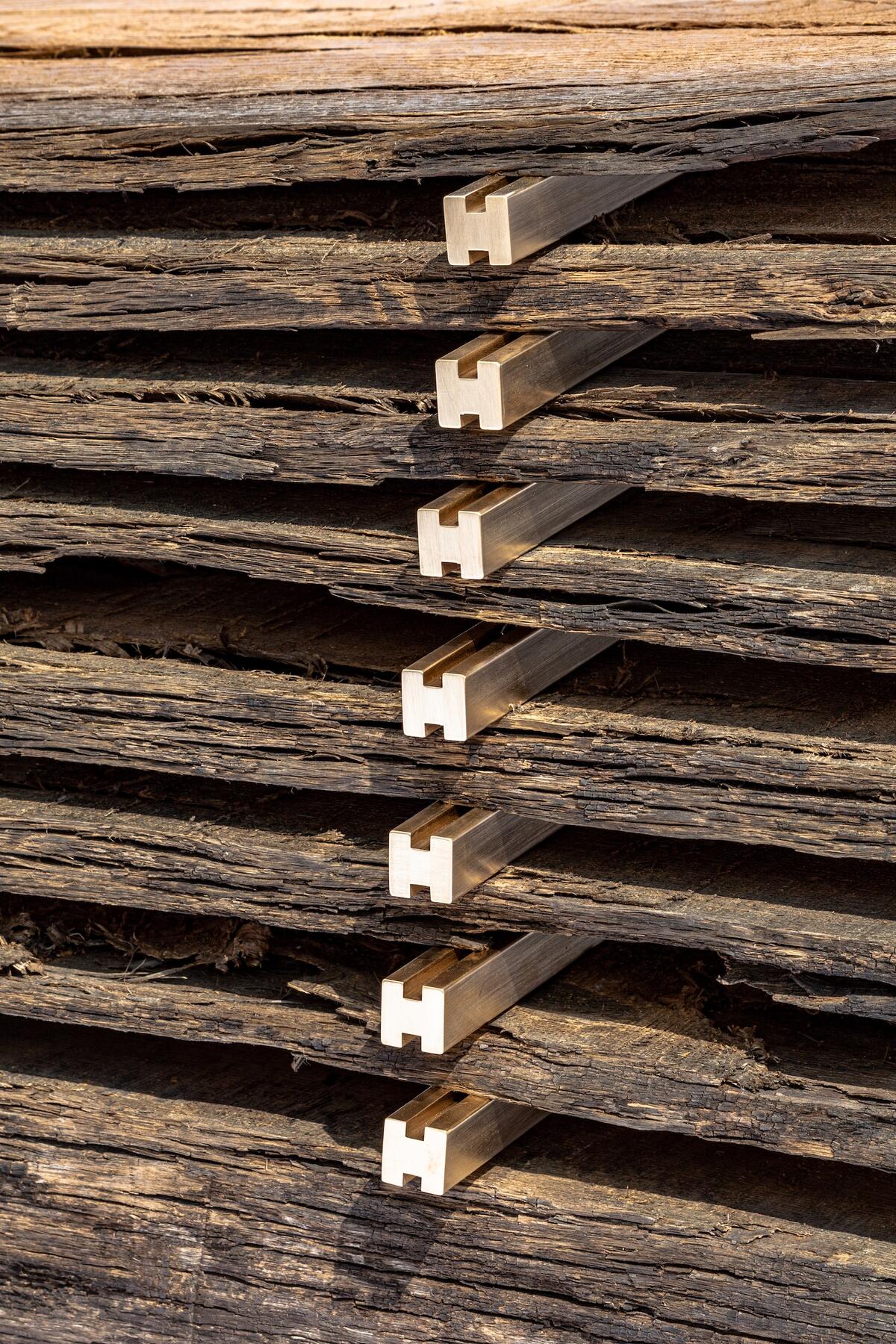
“Bespoke, with its emphasis on improving the trajectory from hand-made to industrial production, is an important piece this year. And the workshop is significant because it connects students with industry notables to prepare them for their career,” says Hainaut. The fair already has a stellar track record of Cinderella stories to its credit: In 2023, RISD undergrad Bill Carroll was recruited by Haworth to its prestigious DesignLab after winning ICFF’s Wanted Best of Students award. The year prior, the prototype for a sinuous wall catchall by another RISD student, Anna Dawson, caught the eye of Heller CEO John Edelman at Launch Pad. Named Swell, the product is now manufactured by the company and can be found in several bright colors at the MoMA Design Store.
“Juniper began as a startup that utilized sustainable materials to make streamlined lighting fixtures. Over the course of 10 years exhibiting exclusively at ICFF, they’ve built up to a 900-square-foot booth this spring,” says Hainaut, citing it as an example of how fledgling businesses can flourish under the wing of the fair. Industry stalwarts like Bernhardt Design, meanwhile, consider ICFF ground zero for sourcing talent. By matchmaking small creators with big brands, emerging designers with established companies, ICFF continuously nurtures its communal ideals. “It’s full circle,” says Hainaut. “We want everyone in attendance—designers, architects, students, enthusiasts, buyers, media, brands—to be deeply engaged with one another. At the end of the day, that’s what makes transactions happen.”
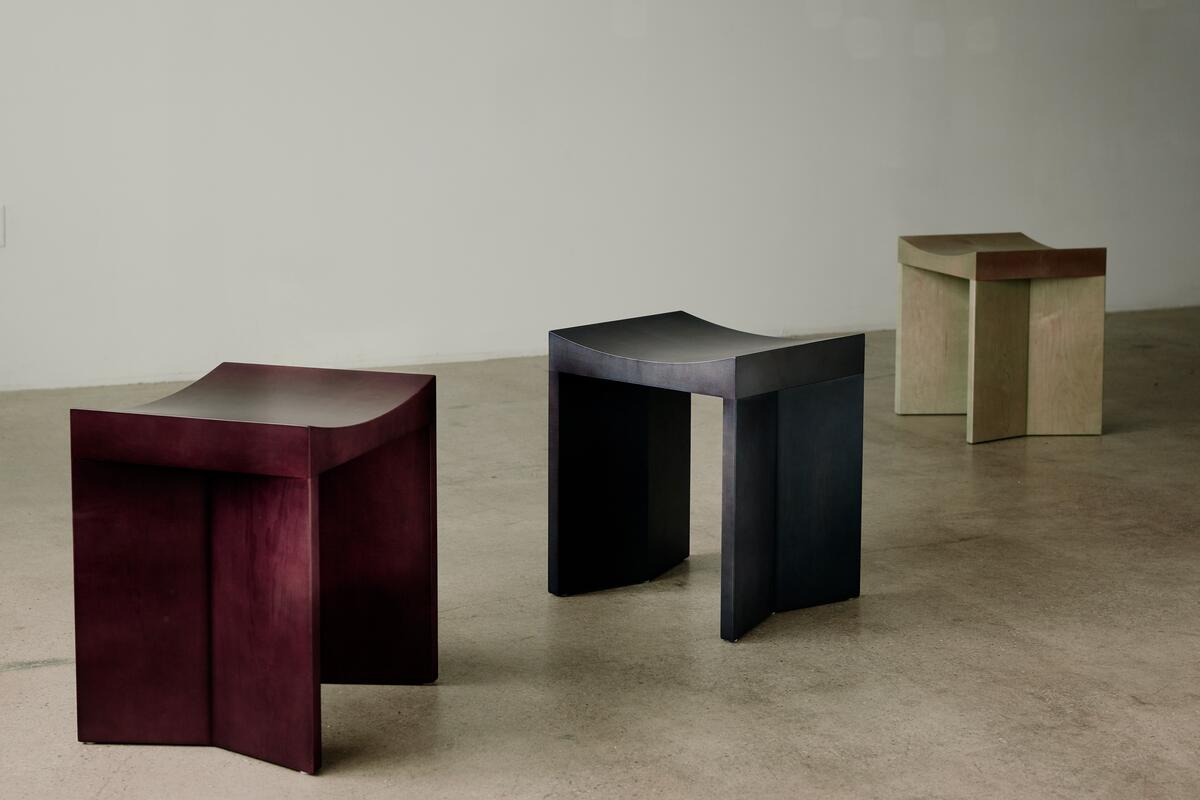
GETTING GREENER
To foster a welcoming environment for visitors and vendors from all over the U.S., as well as countries across Europe and as far-flung as Brazil, Morocco, South Africa and Japan, the ICFF team has completely rethought the show experience, putting sustainability first. Step one: Concrete, not carpet.
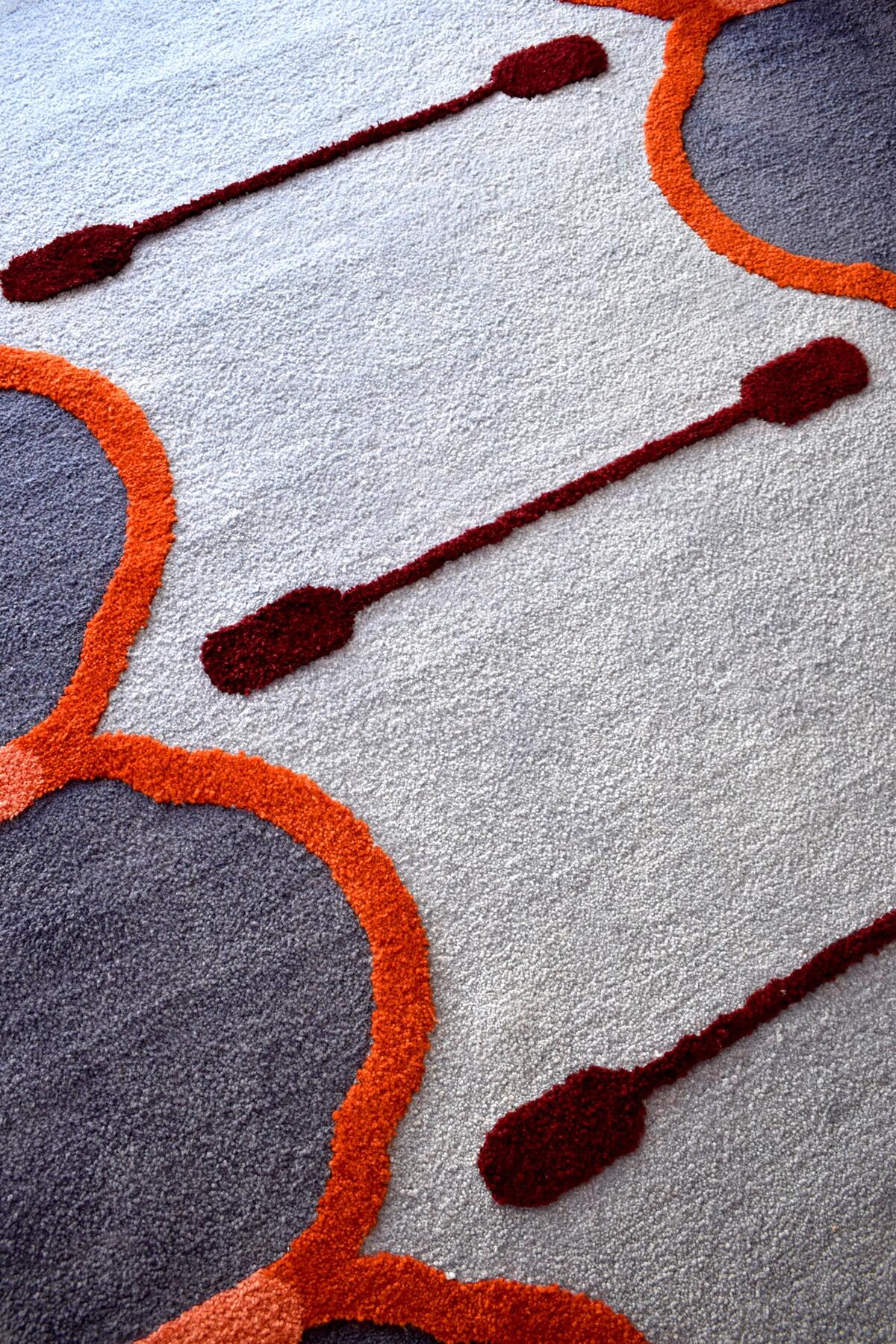
“It’s pure waste,” says Pijoulat of the wall-to-wall carpeting that typically blankets events at the Javits. “It’s installed, used for three days, and then it goes straight into the trash.” The site’s polished concrete flooring is much more resonant with the urban, au courant spirit—and industrialized new logo—of the event anyway, and it speaks to a younger demographic. “Concrete’s durable simplicity lends itself beautifully to designs,” she continues. And for the occasional rug on display, it serves as the perfect foundation. For its second iteration, The Crossroads, ICFF’s snapshot of the state of American design, is pairing the sustainability theme with a DIY ethos that accentuates material circularity, as co-curated by David Rockwell of the Rockwell Group and former Wallpaper editor Pei-Ru Keh. A stand-alone, wall-long diagonal mural of a desert “superbloom” will serve as the backdrop for products and also programming arranged by Untapped editor in chief Tiffany Jow.
Extending the eco-consciousness beyond surface level, the two directors are encouraging exhibitors to further reduce waste by flat-packing and repurposing walls, signage and other framework from previous years rather than building booths from scratch. “Maybe just repaint,” suggests Pijoulat. Water fountains will be situated throughout the site to minimize the proliferation of single-use plastic bottles, and food vendors have been asked not to use plastic utensils and takeout containers. “It’s not enough to expect brands to present their own sustainable products. As fair producers, we have to lead by example, demonstrating how the entire sales and marketing process can be done better.” Recycled booths help save not only the environment but some money too.
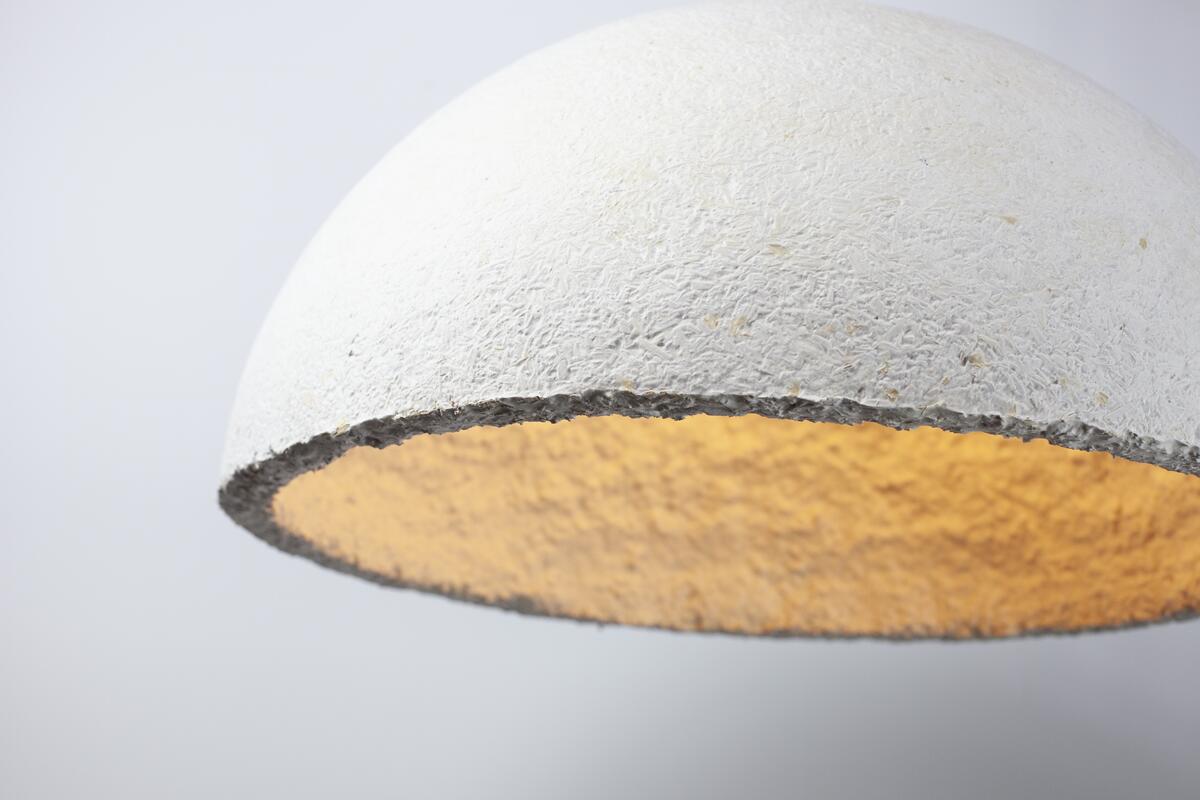
BEYOND THE FAIR
Panel discussions take place on The Main Stage and at The Oasis, product previews fill every individual booth and international pavilion, and—in addition to the central Wanted Lounge x Lumens—newly dedicated areas to such categories as Kitchen and Bath, Materials and Outdoor Living invite passersby to drop in for activations. “We’re officially launching ICFF Night Out in partnership with Interni magazine on the Friday before the fair opens,” says Pijoulat. “We decided, what better playground to party in than Belgiqa, Moooi and other showrooms along Madison Avenue?” Following that festive start, a jury of industry pros will get down to business, walking the show on Sunday in search of standout launches and talents. The ICFF Editors Awards recognize 12 product categories, including Seating, Lighting, Kitchen/Bath and Wallcovering.
“The winners will be announced on The Main Stage at 5:30 p.m. on Sunday, after cocktail hours in all the different lounges across the floor,” says Hainaut. A somewhat subdued event at ICFFs past, this year the ceremony is intended to cause a splash. “We want to make it a big deal, because it is a big deal for up-and-coming designers and brands to get that recognition in front of so many well-established businesses,” explains Pijoulat.
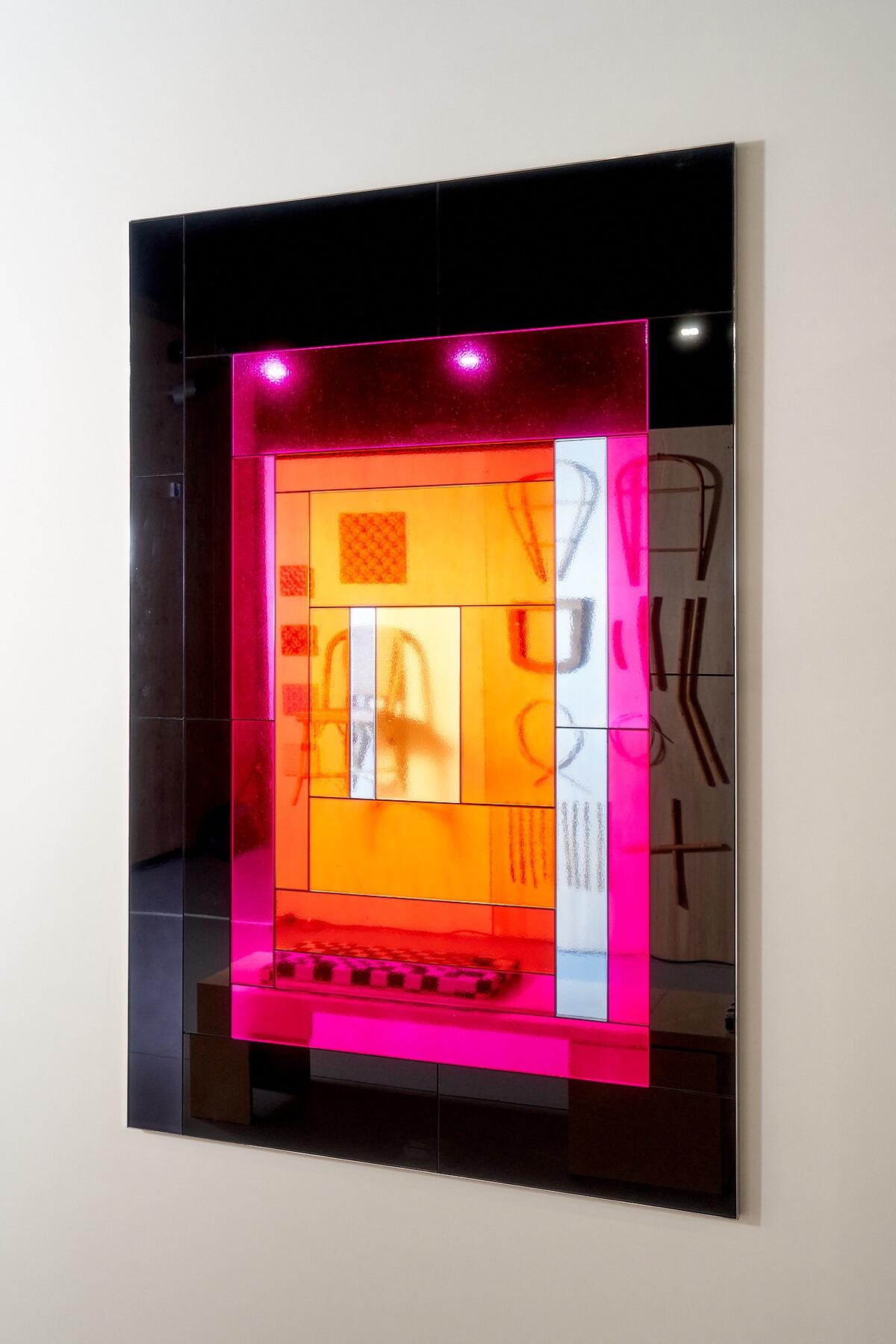
Post-fair, in summer and fall, ICFF plans to co-host different programs at more New York–based showrooms, spreading the word via Instagram and its newsletter. “It’s a way to help the brands by introducing our audience to their showrooms and to unite the greater design diaspora by bringing the community together again,” says Hainaut. With networking trips to Milan and Mexico already booked, ICFF events beyond its New York home base are on the agenda as well. Design schools outside of the city are one possible location, and the two directors are open to others.
“Even if people just want to share an idea or brainstorm, call us! We’re always happy to discuss,” says Pijoulat.
For designers wondering whether ICFF and the items it features might be a touch too avant-garde for the average residential project, she and Hainaut urge them to think again. “It’s curiosity that should drive interior designers to visit ICFF,” says Pijoulat. “Come, take part, attend the talks. Discover the incredible diversity of international brands that make custom furnishings, and forge new relationships with them.”
With an eye to the bigger picture, Hainaut seconds that opinion: “ICFF is a place to nourish your creativity. Not every product line is cutting-edge, so no one should feel intimidated. But they are all original.” Designers of even the most traditional homes will find unique statement pieces—or make a connection that could widen horizons down the road. “Someone you meet on the show floor will say, ‘Oh, you would be perfect for this project I heard about; let me recommend you,’” she continues. “There’s no better way to find potential clients. That’s the beauty of how ICFF works.”
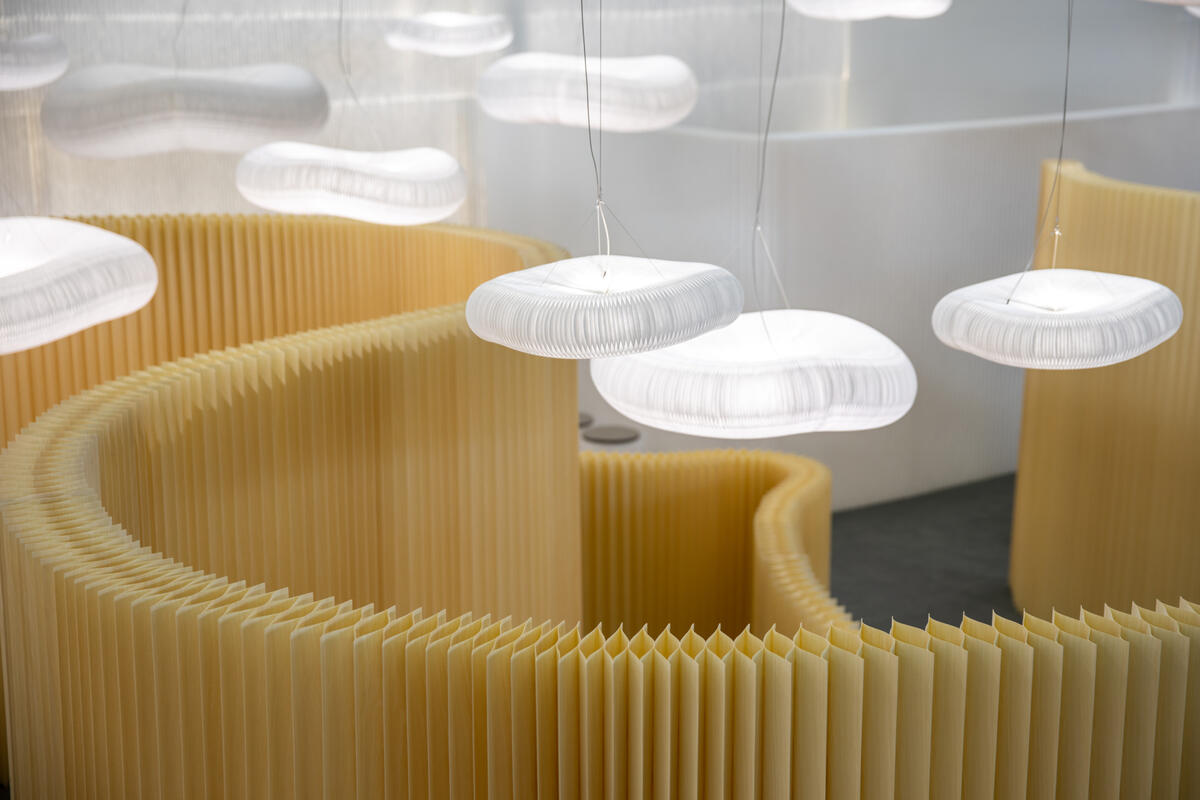
This story is a paid promotion and was created in partnership with ICFF.
Homepage image: Chicago-born artist Jeff Davis collaborated with Trame and Atelier Loire on Optimism, a project of stained-glass artworks inspired in part by the famed geometries of Frank Lloyd Wright | Courtesy of Trame



















